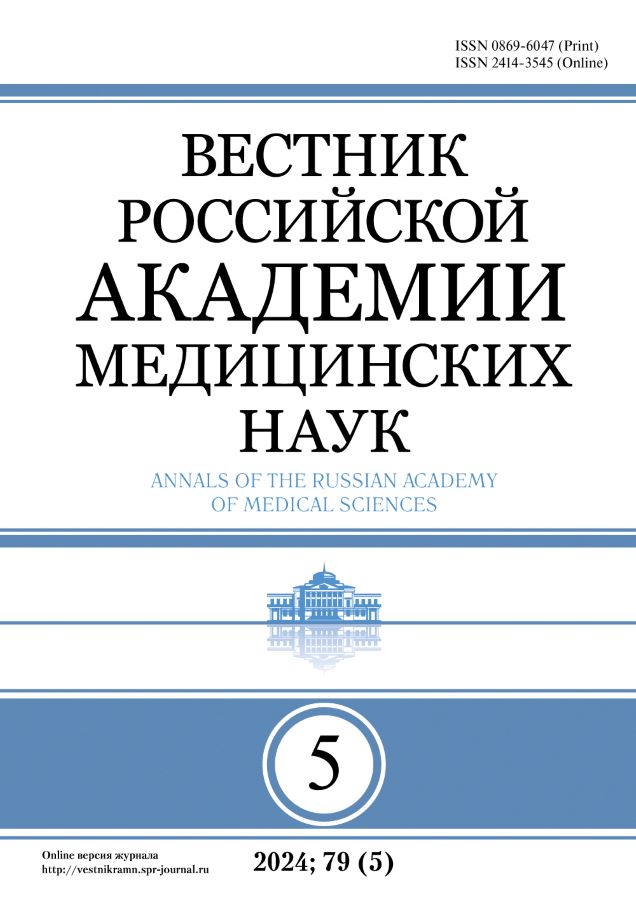Abstract
Background. The calculation and comparison of medical and demographic indicators in the context of the subjects of the Russian Federation and the country is not only a scientific, but also an applied tool for assessing the effectiveness of public policy measures, regional programs and the health system. The use of intensive indicators for comparing the subjects of the Russian Federation with each other is incorrect. To do this, it is more correct to use standardized values, since this eliminates the influence of differences in the gender-age composition of aggregates on the magnitude of the compared intensive indicators.
Aims — to conduct a comparative analysis of demographic indicators in the subjects of the Russian Federation using common and standardized coefficients on the example of mortality from the main causes.
Methods. In this work, the method of direct standardization was applied using Rosstat data on the average annual population of the Russian Federation and data on the number of deaths from various causes for the period 1990–2021. The actual structure of the average annual population in the analysis was replaced by a standardized one calculated based on the European Standard of the population structure of 2013.
Results. Since the European Standard for the Age Structure of the Population (ESP 2013) is currently the closest to the age structure of the population of the Russian Federation, it is recommended to use it when calculating standardized coefficients. Based on the example of assessing the mortality rates of the population in the context of the subjects of the Russian Federation, intensive indicators were initially calculated, which are presented in the form of a rating scale. When analyzing the rating of the subjects of the Russian Federation with the highest indicators of standardized mortality from all causes in 2022, the highest-ranking places were occupied by regions that previously showed “imaginary well-being” (when calculating total mortality), and a detailed assessment of which was not required. When calculating the indicators of general and standardized mortality of the population due to diseases of the circulatory system, followed by the compilation of ratings of subjects of the Russian Federation with the highest and lowest mortality rates, six subjects of the Russian Federation who were in the rating of subjects for the highest indicators of total mortality, after recalculation on standardized coefficients dropped out of it. A similar situation was observed when calculating the indicators of general and standardized mortality of the population from neoplasms, followed by the compilation of ratings of the subjects of the Russian Federation with the highest and lowest indicators.
Conclusions. Thus, using the methodology of direct standardization at the federal level allows comparing the subjects of the Russian Federation with each other on several medical and demographic indicators.













